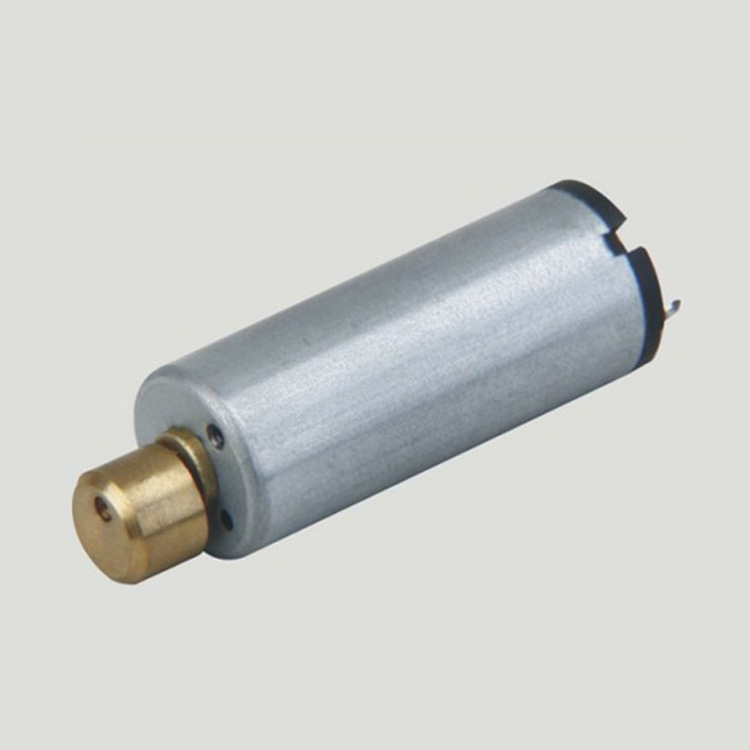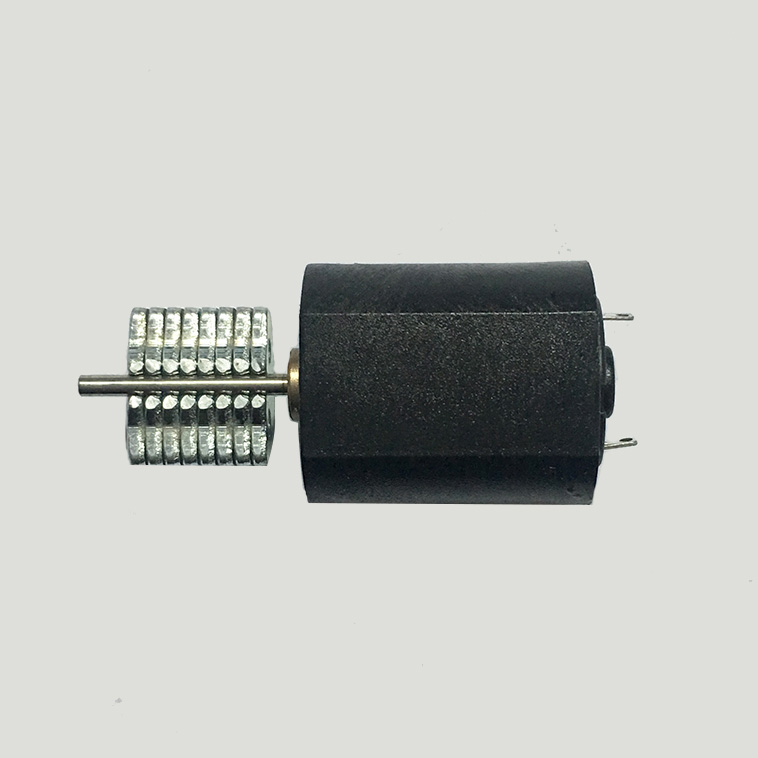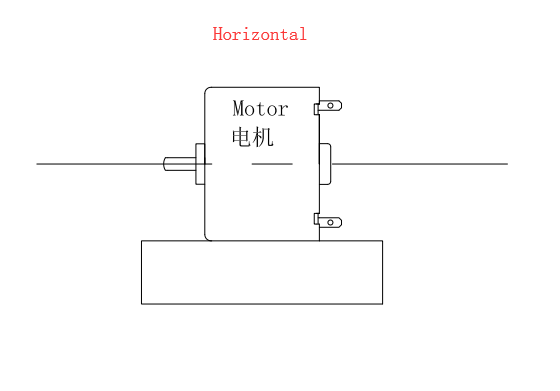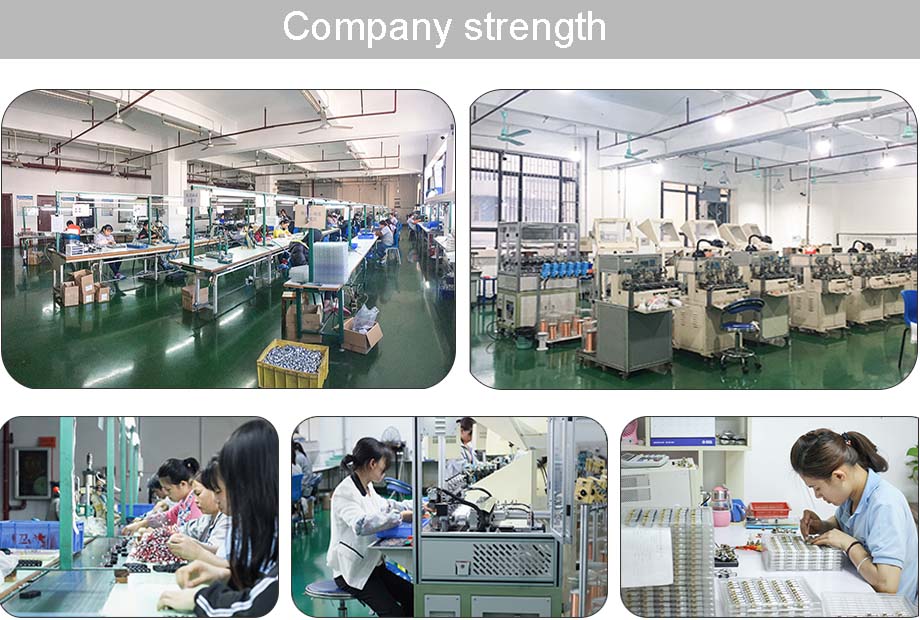But at the same time, there are still some unresolved problems in this new technology that has only been in existence for two or three years. Among them, the technology is still immature and the lack of a common technology use standard may greatly restrict the technology in the enterprise. Level of further popularization.
The following is the main content of the article:
When Hurricane Sandy raged on the east coast of the United States last year, technology companies on the path of the hurricane were eager to move their data centers to other locations quickly. However, transferring enterprise computer servers is not something that can be done overnight, which often requires people to make detailed plans several days or even weeks in advance. However, with the emergence and gradual popularization of the new technology "software-defined networking" (hereinafter referred to as "SDN"), the above problem may no longer exist, because this technology can effectively help enterprises in Complete emergency data migration within a few hours.
SDN technology is a new type of network architecture proposed by the research group of Stanford University in the United States. Its core technology, OpenFlow, achieves flexible control of network traffic by separating the control surface of the network equipment from the data surface, and is a core network and application. The innovation provides a good platform. Now, many investors, including some of the world's largest technology companies, are investing in SDN startups.
In all fairness, the current market size of SDN is still relatively small, and it can only contribute about 300 million US dollars in revenue to the network industry each year, while the size of the entire network market has reached 30 billion US dollars. Moreover, existing SDN customers also do not know how to maximize the flexibility of SDN technology. However, traditional technology giants in the industry, including IBM, Cisco and Microsoft, have begun to focus on SDN. In this regard, the well-known market research organization IDC predicts that the annual revenue of the SDN business will reach US $ 3.7 billion in three years.
In this area, VMware, a well-known cloud software developer, has taken action as early as July last year. The company acquired network virtualization startup Nicira for $ 1.05 billion. At the same time, well-known network equipment manufacturers including Cisco, Oracle and Juniper Networks have successively acquired a group of SDN startups last year. Some private equity companies have launched financial support for SDN startups, among which companies such as Embrane and Plexxi have already received certain funding. At the same time, Intel and Goldman Sachs invested in another SDN company, Big Switch Networks. It is reported that the company was established in 2010, the goal is to become "private cloud network VMware."
Due to the technical characteristics of SDN, such enterprises can often manage server data more flexibly. John Vrionis, a partner at Lightspeed Venture Partners, a venture capital firm of Embrane and Plexxi ’s existing investors, has also previously invested in Nicira: “We have been selling hardware and software for the past 30 years. Retailers want consumers to buy both products at the same time. "
Great potential
Since SDN has only just emerged in the past two or three years, the SDN standards among different vendors are not the same, which makes some large customers who do not want to be restricted by a single supplier retreat. But what is certain is that with the gradual entry of major customers in this market, the establishment of a common SDN technical standard is imminent.
Network equipment supplier Cisco is most closely associated with hardware network equipment, so the company is also the most at risk in the SDN business. However, many analysts believe that Cisco very much wants to rule this market.
T. Rowe Price investment analyst Justin White, a US-based investment management company and also Cisco ’s sixth largest shareholder, said: "There will definitely be other suppliers in this market, but I think Cisco will be the future. The main beneficiary of this technology for several years. Because for companies, the most common sense is to always maintain a unified front with giant companies like Cisco. "
The popularity of SDN technology will allow enterprise customers to build their own networks, and this network is easier to adjust and upgrade, and does not require much manual operation. Lauren Cooney, senior director of Cisco software strategy, believes: "People need automated solutions. For example, they want to be able to automatically give different solutions to different users, so they don't need to be like Always go back to the origin first and adjust the solution manually. "
Market research firm Gartner analyst Akshay Sharma (Akshay Sharma) explained the advantages of SDN technology to us with a case of "Mother's Day". Sharma said that the phone operators' equipment was idle for most of the year, but in order to cope with the surge in usage during the holidays, they had to deploy more equipment. For example, on the day of "Mother's Day", everyone wanted to call their mother to send greetings.
"So, what if you could adjust the network on Mother's Day and make it prioritize all voice calls that greet your mother?" Sharma said.
Indeed, mobile operators can use SDN technology to deploy their network throughput more reasonably and use it for other purposes when their usage pressure is not too high. However, many experts believe that the current SDN technology has not really received people's attention, but the next 12 months will be very critical, because the industry is promoting the introduction of a SDN technology general standard. These companies, including Cisco, IBM, Juniper Networks and Citrix Systems, have jointly created an open source SDN software collaboration program called "OpenDayLight".
At the same time, Sharma predicted that SDN technology will usher in a turning point in 2015.
Market doubts
Dante Malagrino, CEO of distributed software platform manufacturer Embrane, said: "One of the main challenges that enterprise customers face in accepting SDN technology is 'they are still confused about this technology.'"
Maraglino revealed that Embrane is currently striving to cooperate with each customer to meet their different needs on the basis of not destroying existing technology, rather than trying to promote the establishment of a broad standard.
It is understood that Maraglino previously worked for Cisco for a period of time and founded Embrane in 2009. At present, Embrane has successfully obtained two rounds of financing, the total amount of financing reached 27 million US dollars. Maraglino also revealed that many existing venture capital companies are very interested in Embrane, and the company is expected to continue financing in the next 12 months.
However, due to the existence of other competitors in the current SDN technology, many companies have not yet made their final decisions and still hold a wait-and-see attitude towards this technology. Rich Parower, manager of Columbia Seligman Global Technology Fund, a technology investment fund, said: "Of course, SDN technology is very interesting, but the technology is still a few years away from maturity and enough to convince companies to accept it. "
On the other hand, customers also have no idea how they can benefit from SDN technology. In a recent survey commissioned by a third-party survey agency by Cisco, one-third of the respondents said, “It ’s almost the same as seeing the“ big feet â€and“ Elvis â€seeing SDN technology actually put into practice And the frequency of 'Loch Ness Monster' is as low. "
Is mainly used for adult health care products and toys micro vibration motor is a Dc Motor, the motor shaft with an eccentric wheel, when the motor rotation, eccentric circle particle is not turn the heart of the motor, make motor is constantly out of balance state, caused by inertial effect.
Characteristics: small volume, strong vibration;
Features: small size, fast speed, stable performance, low price, can use battery drive,Can change the different materials of the pendulum head


Method of use: the best stable in horizontal plane, installed on the dc vibration motor output shaft parts, cannot use a hammer to knock, knock prone to press into the dc vibration motor drive, may cause damage to internal components, and cannot be used in the case of blocked.

Operating temperature range:
vibration motor should be used at a temperature of -10~60℃.
The figures stated in the catalog specifications are based on use at ordinary room temperature catalog specifications re based on use at ordinary room temperature (approximately20~25℃.
If a vibration motor is used outside the prescribed temperature range,the grease on the gearhead area will become unable to function normally and the motor will become unable to start.Depending on the temperature conditions ,it may be possible to deal with them by changing the grease of the motor's parts.Please feel free to consult with us about this.
Storage temperature range:
vibration motor should be stored ta a temperature of -15~65℃.
In case of storage outside this range,the grease on the gearhead area will become unable to function normally and the motor will become unable to start.
Service life:
The longevity of vibration motor is greatly affected by the load conditions , the mode of operation,the environment of use ,etc.Therefore,it is necessary to check the conditions under which the product will actually be used .The following conditions will have a negative effect on longevity.Please consult with us should any of them apply.
â—Use with a load that exceeds the rated torque
â—Frequent starting
â—Momentary reversals of turning direction
â—Impact loads
â—Long-term continuous operation
â—Forced turning using the output shaft
â—Use in which the permitted overhang load or the permitted thrust load is exceeded
â—A pulse drive ,e.g.,a short break,counter electromotive force,PWM control
â—Use of a voltage that is nonstandard as regards the rated voltage
â—Use outside the prescribed temperature or relative-humidity range,or in a special environment.
â—Please consult with us about these or any other conditions of use that may apply,so that we can be sure that you select the most appropriate model.
when it come to volume production,we're a major player as well .each month,we rurn out 600000 units,all of which are compliant with the rohs directive.Have any questions or special needed, please contact us, we have the engineer group and best sales department to service to you Looking forward to your inquiry. Welcome to our factory.

Vibration Motor
Vibration Motor,Small Powerful Vibration Motor,220V Vibration Motor,Electric Motor For Vibrating
Shenzhen Shunchang Motor Co., LTD. , https://www.scgearmotor.com
